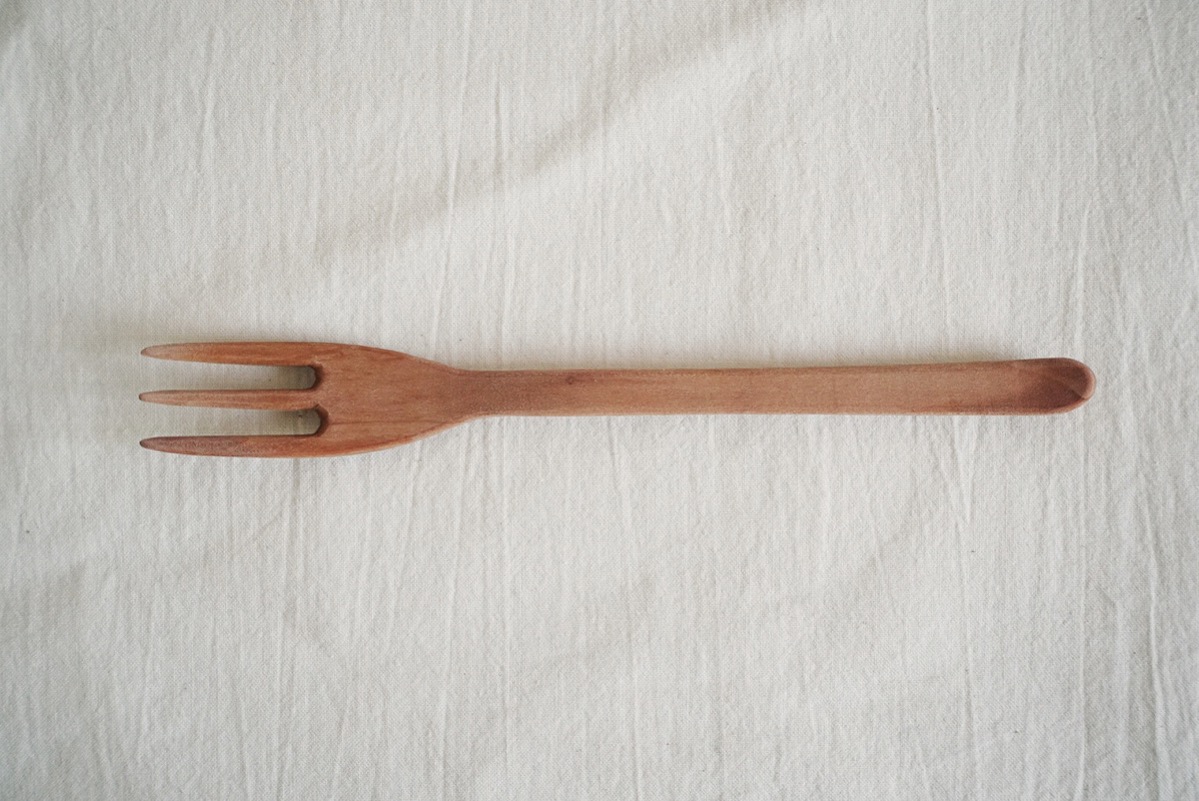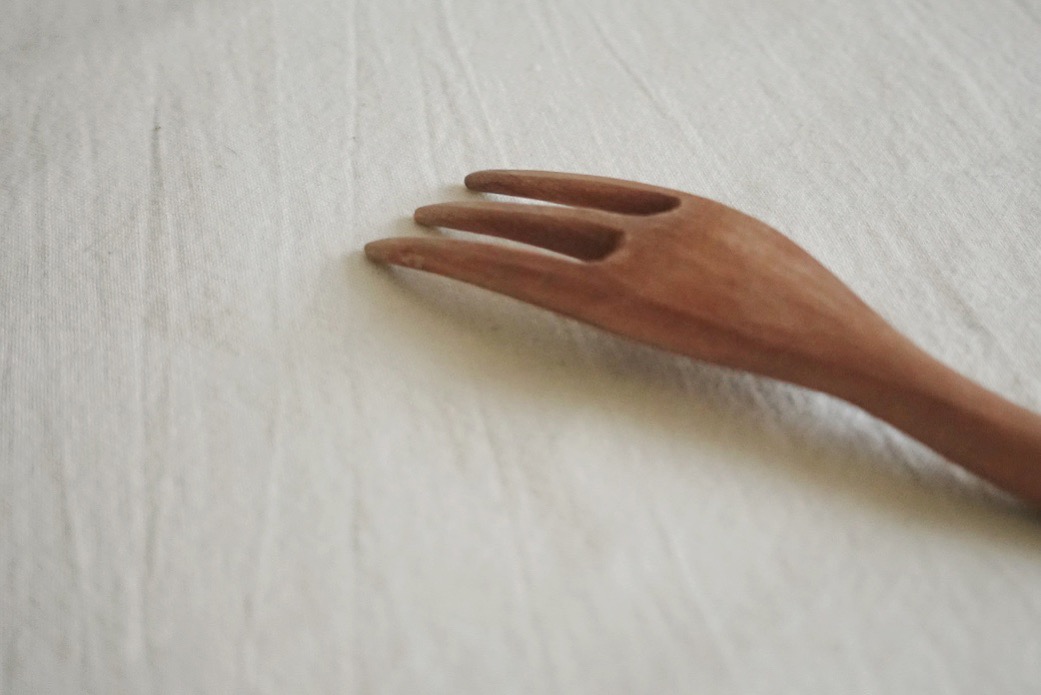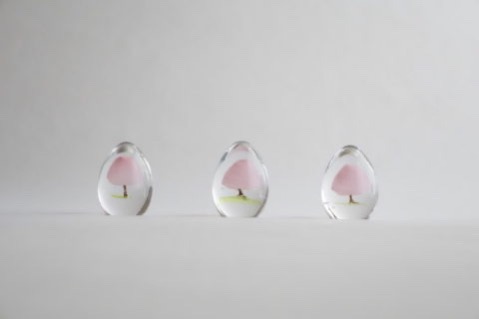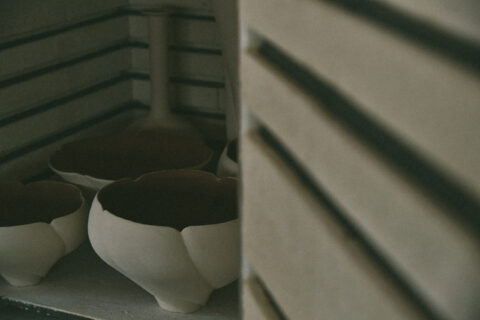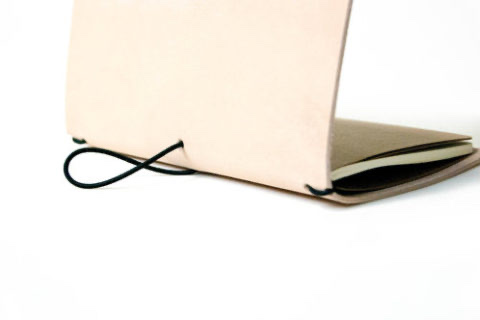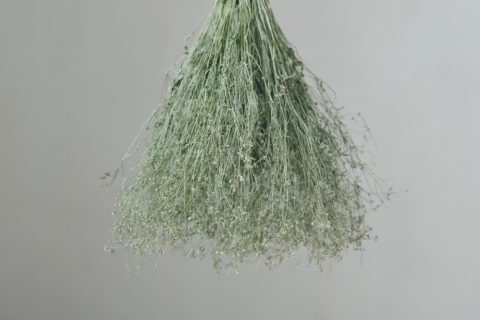
「很希望形狀很『理所當然』的物品,能成為人們每天使用,予人安心感覺的生活用品,於社會中得到共鳴,並在生活中紮根。」讀到木工藝家三谷龍二於《生活工藝的時代》的其中一篇文章 <理所當然的形狀>,突然間便明白到,何以他的木器的形狀,總是如此似曾相識。原來因為驚喜、特別從來都不是他追求的。
理所當然的形狀之所以變得理所當然,是因為在時代的洪流裡,它已經被洗刷得圓滑平潤,沒多沒少,無需增減,這個形狀就能擔起它所需負的任務。就像最普通的白襯衫、面紙盒,形狀可以有各種各樣的設計,但時代洗去流行與新奇,留下的漸漸累積成理所當然。三谷龍二造的牛油盒,四四方方附了蓋子,盒子裡擱著牛油刀;他造的麵包碟,就是圓形的一個淺盤,都是很理所當然的設計。這把叉子也一樣,三根指頭的木叉子,手工製的大都如是,若雕成四根,就會太闊,難放進嘴裡,這也是木叉子理所當然的設計。
不拘於形狀,三谷龍二著眼於木材的質感、塗裝的物料。他愛用的Chemex咖啡壼,卻不滿意原裝的木手把塗了太厚的蠟塗層,使之看來過於堅硬冰冷。他後來以櫻花木自製了一個形狀相近的,以油塗裝,防水性弱了卻保留住木材美好的手感。這一點點的改變,咖啡壼的氣質便不同了,而最令他感到喜悅的是,當人們看到這咖啡壼時,都愛不惜手。
「不需要高聲呼叫讓人注意到自己,只要真誠地傳達自己所愛的,『共鳴』便會擴散,自有接收得到的人。」這是三谷龍二在這事上體會到的。「努力完成的普通事,便是美好的事。」這是我從三谷龍二這根木叉子上體會到的。
‘I wish these objects with “a predictable shape” can become daily living utensils that provide people with a sense of comfort and security. I hope they can be embraced and become an indispensible part of everyday life.’ From this excerpt of ‘The Predictable Shapes’ in the carpenter Ryuji Mitani’s book The Era of Craft for Everyday Life, I suddenly realized the rationale behind the ordinary shape of the wooden utensils he creates — he never intends for bringing surprises or being special.
The predictable shapes are predictable because they were little by little altered and transformed to survive and thrive in the times of change. Nothing more and nothing less, these are the shapes that are needed for utensils to perform their duties perfectly. There can be plentiful ways to design a white shirt or a tissue paper box, but trends and gimmick do not last, what remain consequently become the predictables. The butter dish made by Mitani is a simple rectangular dish that comes with a plate and a butter knife, the side plate is basically a shallow circular plate. His designs cannot be more predictable; this 3-tine wooden fork was designed under the same logic without an exception. Most of the handmade wooden forks have 3 tines, the predictable design, because handmade 4-tine fork is usually too wide to fit into the mouth.
Rather than tending the shapes, Ryuji Mitani aims his attention at the texture of wood and the coating material. Although he likes Chemex coffee pot, he found the wax finish on the original wooden handle is too thick and hence cold and unreachable. To give the wooden handle a different temperament, Mitani made his own one with cherry blossom wood. The new handle is less water resistent as it has an oil finish, but this treatment can well maintain the excellent texture of the wood itself. Mitani was so delighted to know his coffee pot is adored by many.
‘It is never necessary to call for attention. When you can express your passion with sincerity, a resonance can be created and reach others.’ The modified coffee pot has taught Ryuji Mitani this lesson. As for me, from Ryuji Mitani’s wooden fork I learnt ‘all usual deeds are wonderful as long as they are done with dedication.’
